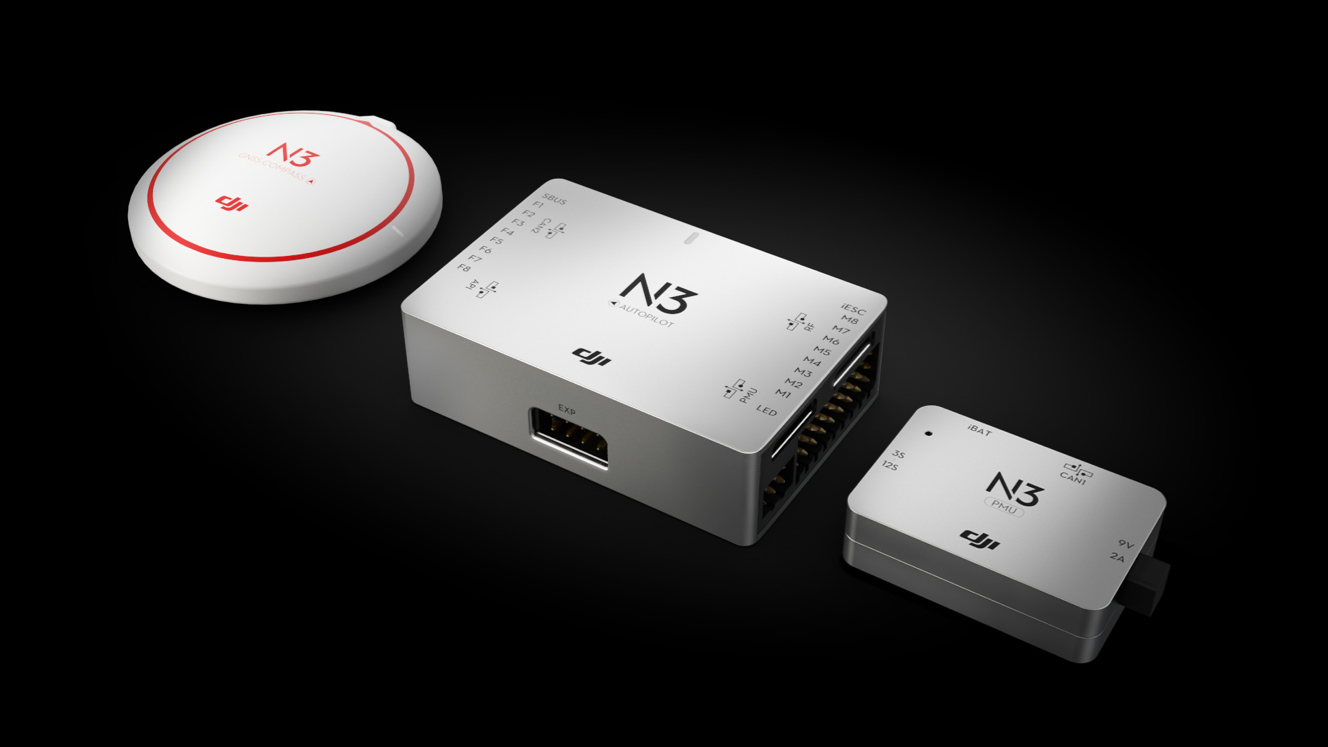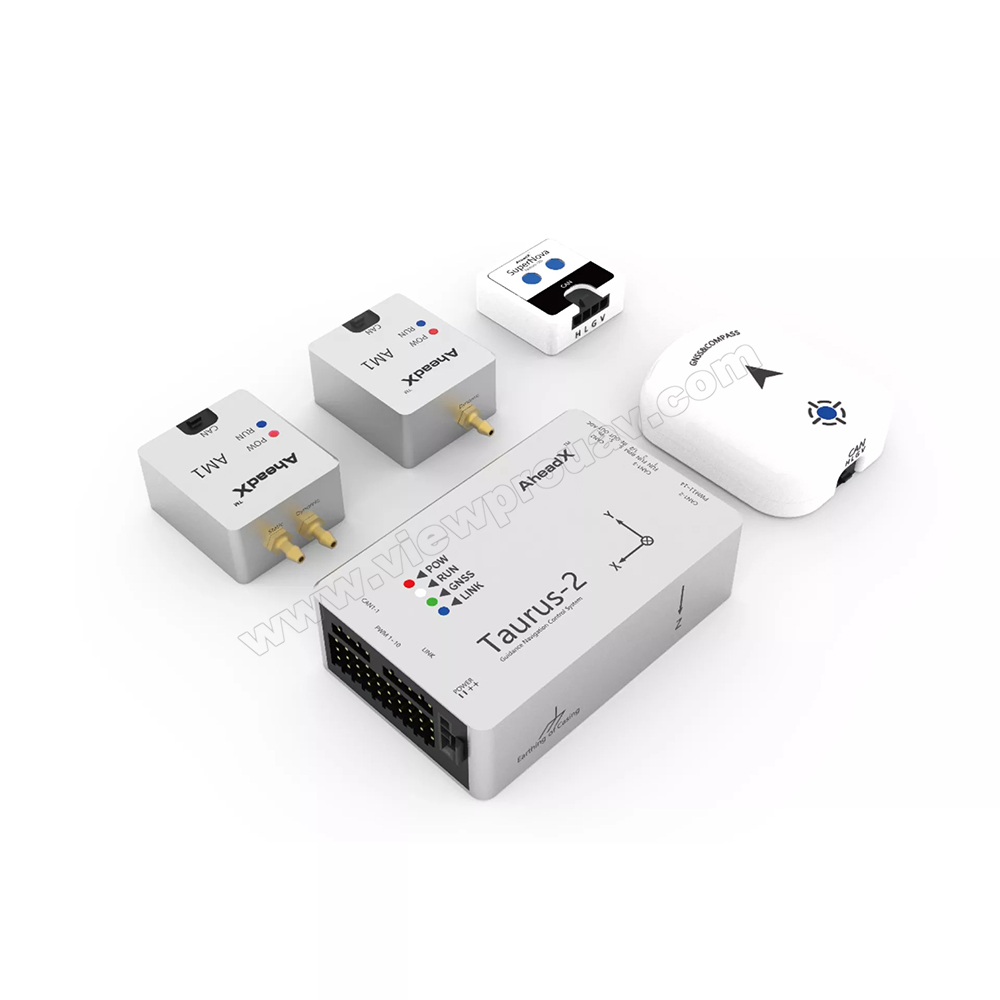Unrivaled Precision: SparkNavi Drone Flight Controller and GNSS/INS Made in Taiwan
Unrivaled Precision: SparkNavi Drone Flight Controller and GNSS/INS Made in Taiwan
Blog Article
The Importance of Drone Flight Controllers in Modern Aerial Innovation: Secret Parts and Their Effect
In the world of modern airborne innovation, drone trip controllers serve as the critical systems that manage a drone's efficiency and abilities. As markets significantly depend on drones for applications varying from agriculture to security, the evolving technology within flight controllers increases important concerns concerning their future impact and possible advancements.

Introduction of Drone Flight Controllers
In the realm of aerial modern technology, drone flight controllers offer as the essential brain of unmanned airborne automobiles (UAVs), making it possible for exact ability to move and security throughout trip. These advanced systems integrate sensor information, processing algorithms, and control inputs, allowing drones to execute intricate flight patterns with accuracy.
Drone flight controllers use numerous sensors, such as gyroscopes, accelerometers, and GPS components, to examine the UAV's orientation and position in real-time. This info is vital for keeping equilibrium and ensuring safe procedure in varied environmental conditions. The controllers procedure this information to make instant modifications to the drone's motors, enabling smooth shifts and responsive handling.
Moreover, trip controllers are outfitted with sophisticated software that supports functions such as waypoint navigation, obstacle avoidance, and autonomous trip abilities. This software is vital for both business and recreational applications, where dependability and accuracy are extremely important. As drone technology remains to development, the development of flight controllers will play an essential role in improving UAV functionality, flexibility, and security, eventually broadening their applications throughout numerous markets.
Trick Elements Explained
Comprehending the essential components of drone trip controllers is essential for understanding just how these systems operate successfully. At the heart of a flight controller is the microcontroller, which works as the brain, processing data from various sensors and performing commands. Important sensors include accelerometers and gyroscopes, which measure the drone's positioning and motion, supplying important feedback for stabilization.
An additional key part is the barometer, which determines altitude by measuring climatic stress, while GPS modules use positional data, enabling self-governing navigating - SparkNavi drone flight controller and GNSS/INS made in taiwan. The trip controller additionally interfaces with Digital Speed Controllers (ESCs), which manage the speed of the drone's motors based on the controller's commands
Communication modules, such as radio receivers, help with remote control input, enabling operators to send out commands in real-time. In addition, some trip controllers incorporate software that can manage intricate formulas for waypoint navigating, trip preparation, and telemetry data analysis.
Role in Trip Stability
Central to keeping flight stability, drone trip controllers utilize advanced algorithms to refine sensing unit information and make real-time adjustments. These controllers are furnished with an array of sensors, consisting of barometers, gyroscopes, and accelerometers, which constantly keep an eye on the drone's altitude, rate, and orientation. By analyzing this information, the trip controller can determine deviations from the wanted trip path and respond without delay to maintain stability.
As an example, if a drone experiences an unforeseen gust of wind, the trip controller can quickly readjust the electric motor rates to counteract the disruption, making certain a constant flight have a peek here trajectory. This capability is essential not just for hands-on trip operations yet likewise for carrying out complicated maneuvers and maintaining smooth flight in numerous ecological problems.
.jpg)
Additionally, the innovative algorithms utilized in flight controllers, such as PID (Proportional-Integral-Derivative) control, enable fine-tuning of the drone's feedback to changes in trip conditions. By maximizing these control parameters, trip controllers can enhance stability, enhance responsiveness, and lower pilot workload. Eventually, the role of flight controllers in guaranteeing flight stability is important for the risk-free and reliable operation of modern-day drones throughout diverse applications.
Influence On Autonomous Operations

Autonomous operations are particularly important in varied applications such as security, agriculture, and shipment solutions. With enhanced flight controllers, drones can autonomously navigate fixed courses, effectively gather information, and adapt to dynamic environments. This capacity minimizes the demand for consistent human oversight, consequently boosting operational efficiency and safety.
In addition, the implementation of artificial intelligence methods within flight controllers enables drones to boost their performance with time by gaining from previous objectives. This versatility leads the way for extra innovative autonomous applications, such as flock innovation, where numerous drones collaborate their activities to achieve a typical objective.
Future Trends in Trip Controllers
Technologies in trip controller innovation are poised to change drone abilities in the coming years. One significant pattern is the assimilation of synthetic intelligence (AI) and equipment learning algorithms, allowing drones to pick up from their settings and make real-time choices. This development will certainly boost independent navigating, challenge evasion, and objective preparation, dramatically enhancing functional efficiency and safety.
In addition, the development of advanced sensing unit innovations, such as LiDAR and multispectral imaging, will give flight controllers with richer data inputs. This will assist in much more innovative analytical abilities, allowing drones to conduct complex tasks, such as precision rescue, agriculture and search, and facilities inspections with unmatched precision.
An additional arising pattern is the miniaturization of flight controller elements, which will certainly lead to lighter and more small drones. This development will expand trip periods and haul capabilities, Read Full Report making drones extra versatile for numerous applications.
Verdict
In final thought, drone trip controllers function as essential elements in modern aerial modern technology, making sure stability and accuracy in ability to move with the assimilation of microcontrollers, accelerometers, and GPS modules. SparkNavi drone flight controller and GNSS/INS made in taiwan. Their ability to make it possible for self-governing go to my site operations and adjust to different applications emphasizes their value across multiple industries. As developments in expert system and sensing unit modern technology continue to arise, the capacity for enhanced capacities and boosted operational performance in drone systems will likely reshape the future of airborne applications
Central to preserving trip security, drone trip controllers utilize advanced formulas to refine sensing unit data and make real-time changes. By translating this data, the flight controller can determine variances from the desired flight course and react promptly to maintain stability.
Furthermore, the sophisticated formulas made use of in trip controllers, such as PID (Proportional-Integral-Derivative) control, enable for fine-tuning of the drone's reaction to adjustments in flight problems. Ultimately, the role of flight controllers in making sure trip stability is crucial for the effective and risk-free procedure of modern drones throughout diverse applications.
The innovations in drone flight controllers not only enhance trip stability however additionally dramatically affect self-governing operations. SparkNavi drone flight controller and GNSS/INS made in taiwan.
Report this page